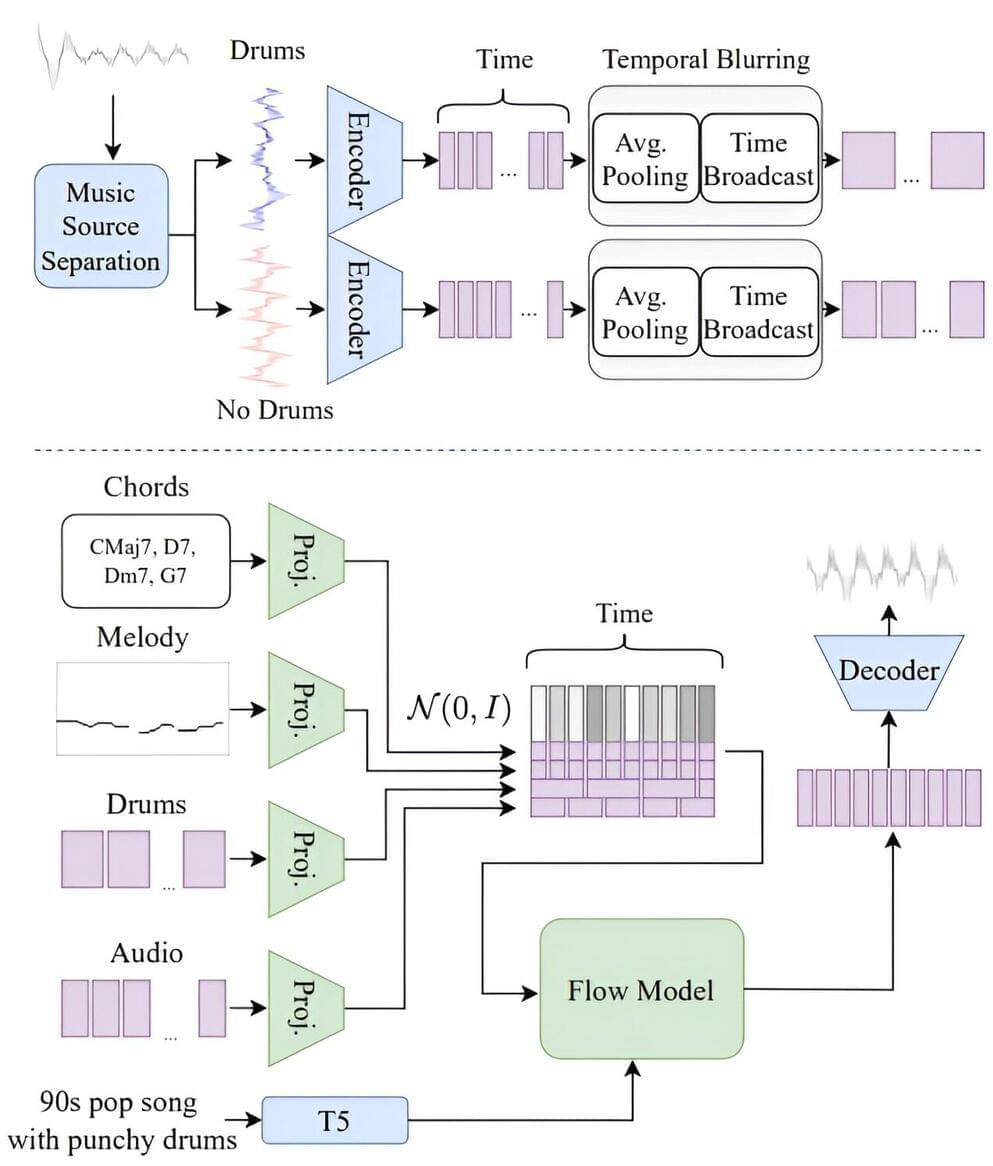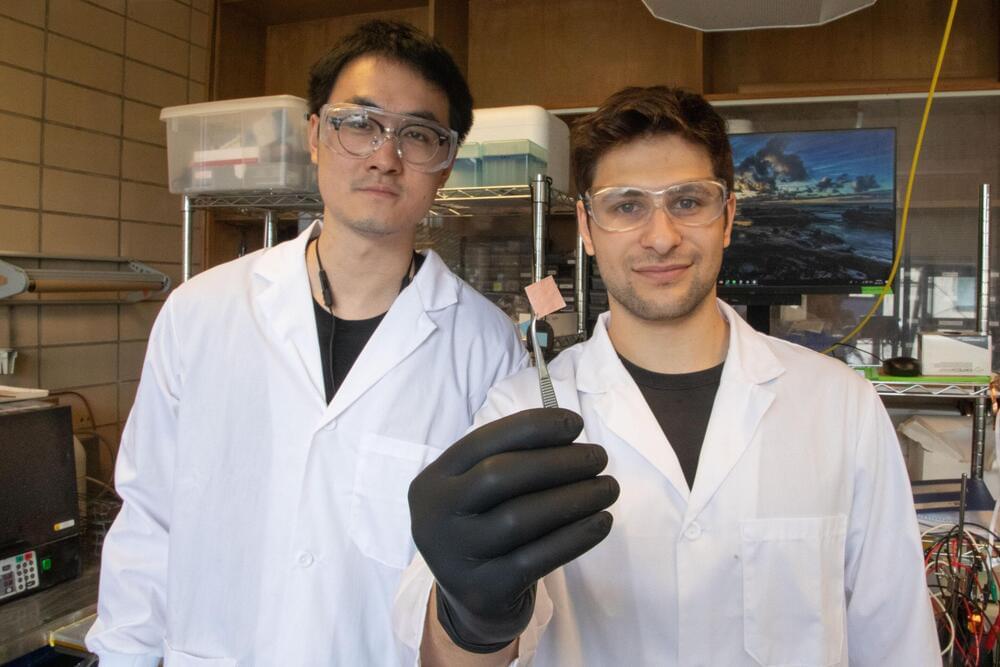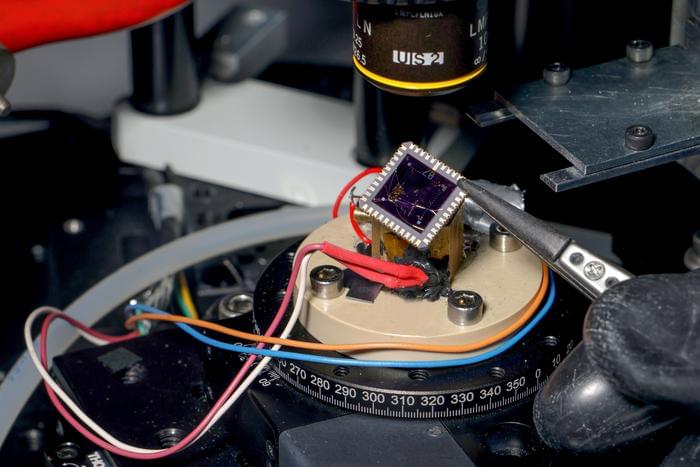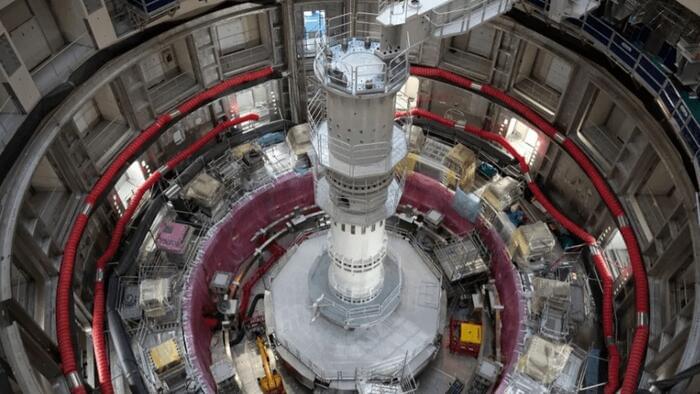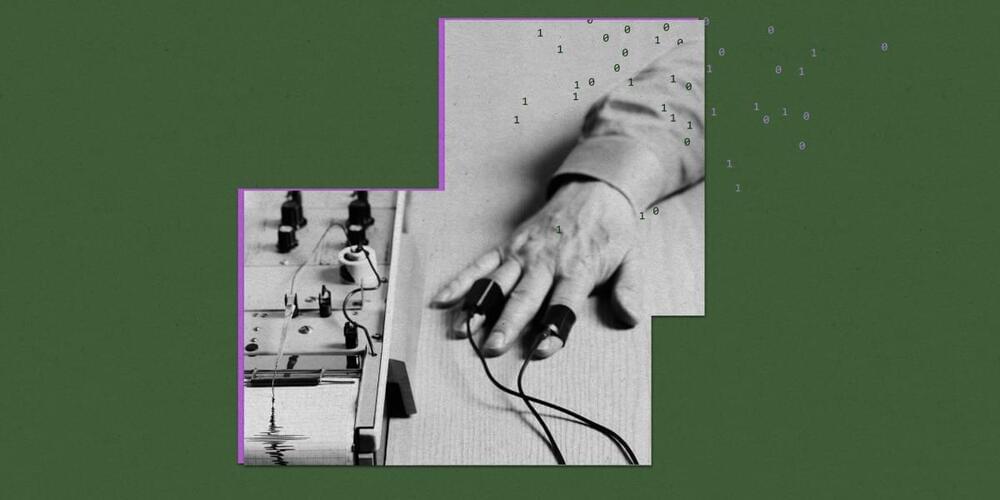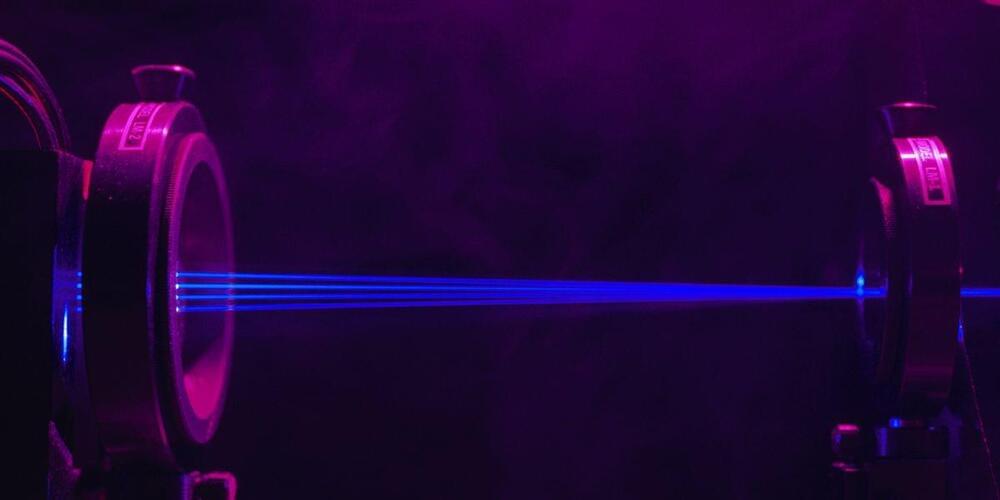A team of AI researchers at Meta’s Fundamental AI Research team are making four new AI models publicly available to researchers and developers creating new applications. The team has posted a paper on the arXiv preprint server outlining one of the new models, JASCO, and how it might be used.
As interest in AI applications grows, major players in the field are creating AI models that can be used by other entities to add AI capabilities to their own applications. In this new effort, the team at Meta has made available four new models: JASCO, AudioSeal and two versions of Chameleon.
JASCO has been designed to accept different types of audio input and create an improved sound. The model, the team says, allows users to adjust characteristics such as the sound of drums, guitar chords or even melodies to craft a tune. The model can also accept text input and will use it to flavor a tune.
